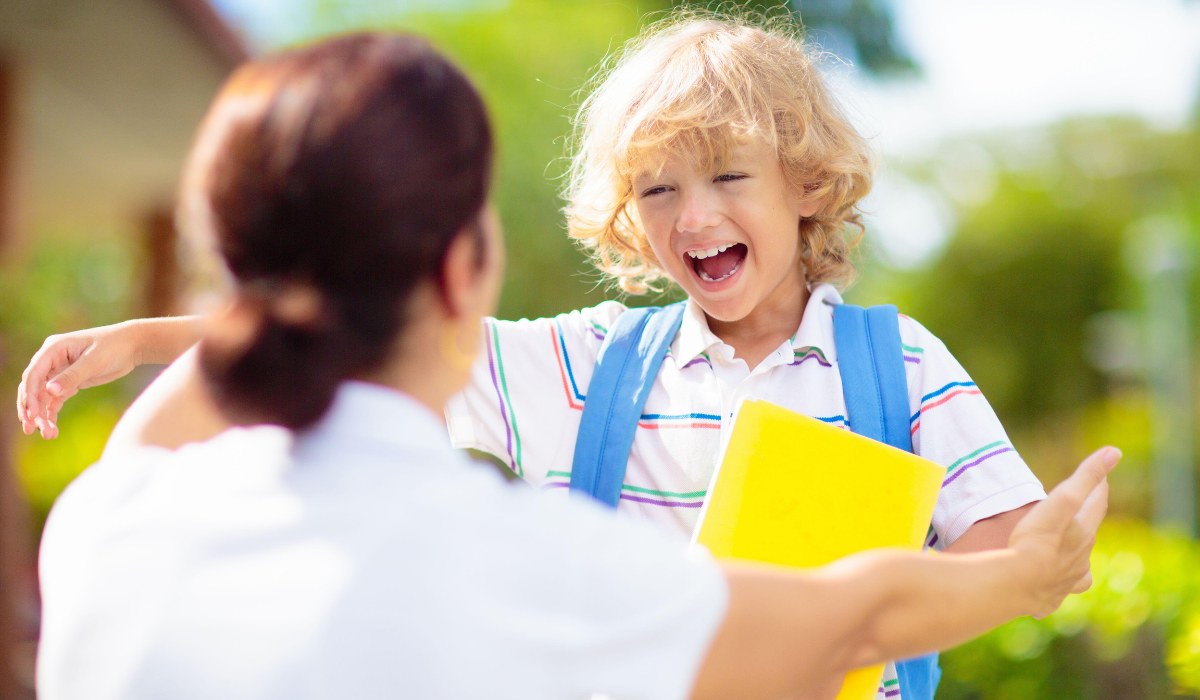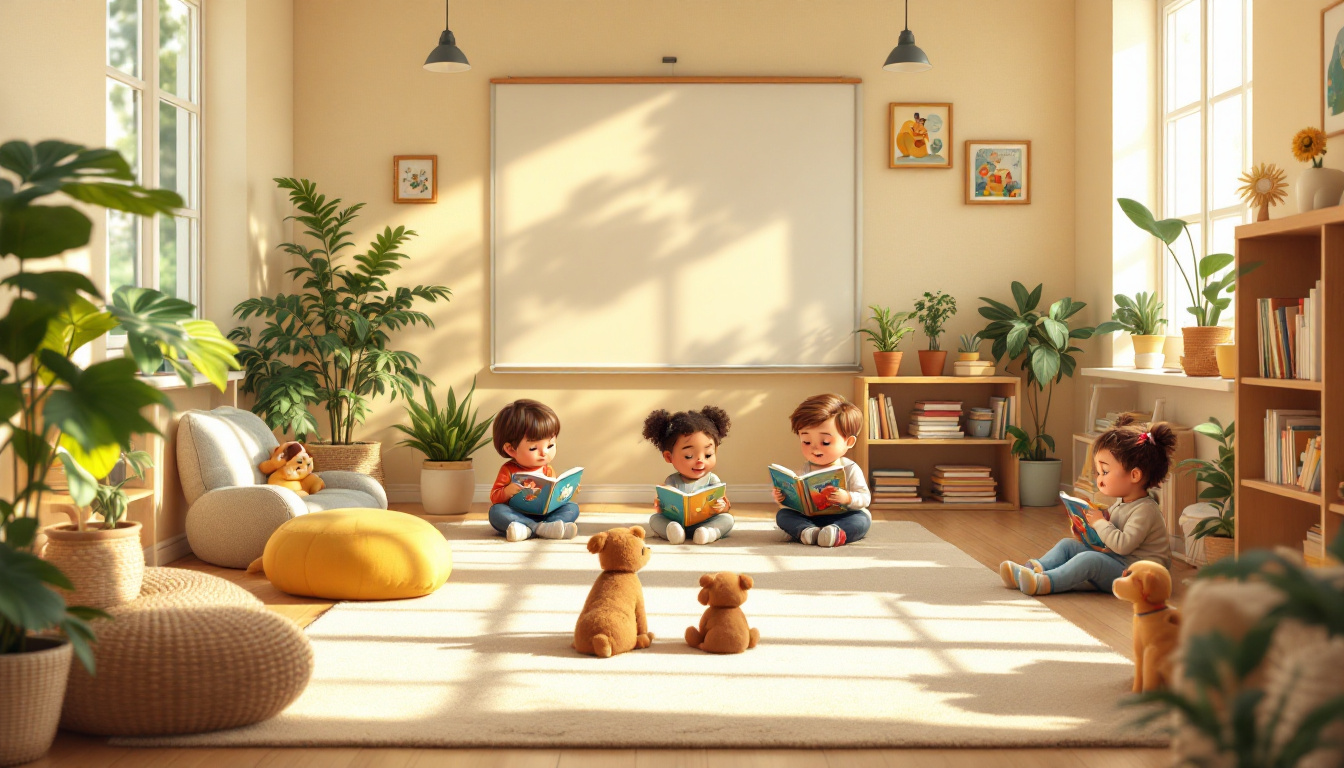Nonverbal Autism Speech Therapy Activities for Children
Explore effective nonverbal autism speech therapy activities for children that help build communication skills through practical, engaging, and evidence-based methods.
.jpg)
.jpg)
Key Points:
- Nonverbal autism affects how children communicate, but not their desire to connect with others.
- Speech therapy activities can build communication through alternative methods like AAC, visuals, and sensory play.
- Parents and therapists can use structured, engaging, and individualized activities to support speech and language development.
When a child with autism is nonverbal, it doesn’t mean they have nothing to say. It means they communicate differently. Nonverbal autism refers to individuals on the autism spectrum who do not develop spoken language or who use very few words meaningfully.
For parents and caregivers, this can be one of the most emotionally challenging aspects of autism. You want to connect, to hear your child’s voice, and to understand their needs, but spoken words might not be part of their communication style.
That’s where speech therapy comes in, tailored specifically for nonverbal children with autism. The goal isn't always to "make them talk" but to find the most effective way for them to express themselves.
This article breaks down practical, engaging, and evidence-informed nonverbal autism speech therapy activities that can support communication development for your child.
How Speech Therapy Supports Nonverbal Children with Autism
Speech therapy for nonverbal autism goes far beyond verbal exercises. A licensed speech-language pathologist (SLP) focuses on building communication—whether it's through sounds, gestures, pictures, or high-tech devices.
Key areas of focus include:
- Receptive Language: Understanding what others are saying.
- Expressive Communication: Expressing wants, needs, and thoughts.
- Alternative Communication Methods: Using tools like AAC devices, sign language, or PECS (Picture Exchange Communication System).
Speech therapy is often collaborative, involving not just the therapist, but also the child’s family, caregivers, and sometimes behavior therapists.
.jpg)
Effective Nonverbal Autism Speech Therapy Activities
Let’s explore speech therapy activities that are specifically effective for children with nonverbal autism. These methods have been adapted or developed to support engagement, communication development, and language alternatives.
1. Using AAC (Augmentative and Alternative Communication) Devices
What it is:
AAC tools range from simple picture boards to advanced speech-generating devices (SGDs) or iPad apps like Proloquo2Go or LAMP.
Activity Example:
Use a communication app during mealtime. Let the child choose between food items by pressing buttons or pointing to images. Reinforce the action by immediately providing what they request.
Why it helps:
It provides a voice. Many nonverbal children experience significant improvements in expressive language with consistent AAC use.
Tip:
Start small, just a few core words, and expand gradually based on your child's interests and routine.
2. PECS (Picture Exchange Communication System)
What it is:
PECS teaches children to communicate using picture cards. It follows a structured approach where the child learns to give a picture in exchange for a desired item or action.
Activity Example:
If your child wants to play with a ball, they hand you a picture of a ball. You then give them the real ball right away.
Why it helps:
It’s a powerful starter system for initiating communication. It also builds the concept of back-and-forth exchange.
Tip:
Consistency is key. Use PECS during daily routines like snack time, playtime, or going outside.
3. Sign Language Basics
What it is:
Teaching basic signs like “more,” “eat,” “help,” or “all done” can provide a bridge to verbal communication.
Activity Example:
Sing songs with hand motions (like "Itsy Bitsy Spider") and reinforce signs while narrating simple routines.
Why it helps:
For some children, signs come more easily than spoken words. It reduces frustration and supports understanding.
Tip:
Start with 2-3 core signs and model them consistently while speaking the word aloud.
4. Sensory-Integrated Communication Activities
What it is:
Some children with autism respond best when activities involve movement, texture, or sensory input.
Activity Example:
Use textured flashcards or objects during naming games. Play a game where the child chooses between rough and smooth toys while labeling them with signs, pictures, or AAC.
Why it helps:
It taps into their sensory preferences, which can lead to better focus and engagement.
Tip:
Incorporate sensory breaks within therapy to help maintain regulation and participation.
5. Play-Based Speech Therapy
What it is:
Therapy is built into play, because play is the natural language of children.
Activity Example:
Use dolls or toy animals to act out scenarios. Even if your child isn’t speaking, they can engage by pointing, using pictures, or gestures.
Why it helps:
Play builds social interaction, turn-taking, and functional communication.
Tip:
Follow your child’s lead. If they love trucks, build communication around that interest.
6. Interactive Reading with Visual Supports
What it is:
Using picture books along with visual symbols or AAC to promote engagement and language comprehension.
Activity Example:
Pause while reading and have your child point to or select pictures on a communication board that represent characters, emotions, or actions.
Why it helps:
It builds vocabulary and comprehension even without spoken responses.
Tip:
Use books with repetitive phrases and clear visuals to reinforce core words.
7. Routine-Based Communication Practice
What it is:
Everyday routines become structured opportunities for language practice.
Activity Example:
During brushing teeth, use a picture schedule to name and sequence each step. The child can point, gesture, or use AAC to follow along.
Why it helps:
Children thrive on repetition. Familiar routines make it easier to predict and reinforce communication.
Tip:
Choose one daily routine and embed communication strategies into it consistently for a week before adding another.
.jpg)
How to Choose the Right Activities
Every nonverbal child with autism is unique. What works for one child may not work for another. It’s crucial to:
- Assess communication readiness (with help from a speech-language pathologist).
- Observe how your child responds to sensory input, visuals, and routines.
- Prioritize functional communication over “perfect” speech.
Progress might look different than expected, and that’s okay. The goal is meaningful connection, not necessarily verbal speech.
Collaborating with Other Therapists
Speech therapy is often most effective when combined with other support systems. Many families choose to integrate it with ABA therapy, which helps reinforce communication through behavior-based strategies.
For instance:
- ABA therapists can support PECS usage during daily routines.
- They can help increase a child’s motivation to communicate by identifying strong reinforcers.
- They collaborate with SLPs to generalize speech therapy goals in different settings.
This integrated model creates more opportunities for the child to practice and succeed in communication.
Track Progress Without Pressure
It can be hard not to focus on speech milestones. But children with nonverbal autism often communicate in their own ways, and every small step is meaningful.
Try tracking:
- New gestures or signs used.
- Times your child initiates communication (even nonverbally).
- Increased engagement with therapy activities or routines.
Celebrate progress, not perfection.
Start Building Communication Today with ABA Therapy
If you're ready to support your child's communication journey, Grateful Care ABA offers personalized, one-on-one ABA therapy in Indiana, Tennessee, Georgia, North Carolina, Virginia, and Arizona. Our compassionate team at Grateful Care ABA works closely with families and speech therapists to help nonverbal children with autism find their voice, whether it's through pictures, gestures, AAC devices, or emerging speech.
Speech therapy activities thrive in an environment where communication is encouraged and reinforced consistently. ABA therapy provides that structured, supportive space. Let us help your child unlock new ways to connect with the world. Get in touch with us!
Apply Now
At Grateful Care ABA, we are proud to offer the best ABA therapy services in Indiana. Armed with a team of skilled Board Certified Behavior Analysts (BCBAs), we bring years of experience to the table, making us the preferred provider for ABA therapy in our community.
Understanding that every child with ASD is unique and has unique goals and objectives, our ABA therapists carefully craft personalized ABA therapy plans that are tailored to meet the specific needs of each child. Whether your child needs help with reducing maladaptive behaviors, your child needs IEP support at school, you want your child to be self-sufficient at home, or something else, we use ABA therapy to work diligently toward specific goals. Together we can make a difference in your child’s life!
Contact us today to connect with an ABA therapist and learn more about ABA therapy solutions for your child.

.jpg)





.jpg)
.jpg)
.jpg)

.jpg)
.jpg)
.jpg)
.jpg)
.jpg)
.jpg)
.jpg)


















































































